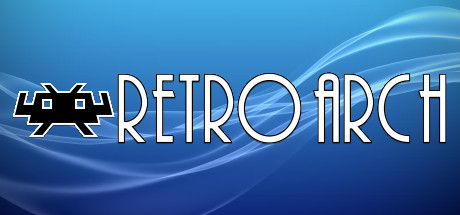RetroArch: A Deep Dive into the Ultimate Retro Gaming Experience

In an era where cutting-edge graphics and VR rule the gaming landscape, there’s an insatiable hunger among enthusiasts to revisit the classics. Enter RetroArch, an all-encompassing emulation front-end that promises to rekindle those nostalgic gaming moments. This review takes you through its offerings, features, and the essence of what makes RetroArch a must-have for retro gaming aficionados.
Understanding the RetroArch Phenomenon
At its core, RetroArch is more than just another emulator. It’s a sophisticated platform that brings together multiple game engines, termed “cores,” under one unified interface. This means you can seamlessly switch between your favorite NES, Sega Genesis, or PlayStation titles without juggling different software.
Its commitment to authenticity ensures games run as they did on their original platforms. But it’s not all about the past; RetroArch combines the old with the new, offering modern features like shader support, real-time rewinding, and more.
The ethos behind RetroArch is clear: Make retro gaming accessible, enjoyable, and as true to the original experience as possible. And in this, it largely succeeds.
Setting Up and User Interface
For newcomers, RetroArch might seem daunting at first glance. However, once you get past the initial setup, the platform offers a streamlined experience. Downloading cores, configuring controllers, and setting up games is intuitive, thanks to its organized menu system.
While the default interface is functional, users can customize it to their liking, with various themes and layouts available. This level of customization ensures that both purists and those seeking a modern twist can mold RetroArch to their preferences.
Performance and Compatibility
RetroArch’s multi-platform nature means it’s available on everything from PCs to smartphones, and even consoles. Regardless of the platform, performance remains largely consistent. Games run smoothly, inputs are responsive, and audio glitches are rare.
The extensive core library ensures support for a plethora of games across various systems. While compatibility is generally high, some obscure titles or systems might present challenges. However, frequent updates and an active community ensure that such issues are addressed promptly.

Features that Elevate the Experience
It’s the little things that set RetroArch apart. The ability to apply shaders can transform pixelated classics into smoother, HD-ready experiences. Netplay allows for online multiplayer in games that were once strictly local co-op or versus.
Then there’s the rewind feature, a godsend for those tricky platforming segments or unforgiving boss fights. The built-in cheat system, screenshot capability, and a rich achievement system further enrich the user experience.
For the technically inclined, RetroArch offers advanced settings to tweak performance, visuals, and audio. This caters to both the casual gamer and the hardcore enthusiast, ensuring everyone gets the best possible retro gaming experience.
Conclusion: RetroArch in the Modern Gaming Era
In a world obsessed with ray tracing and 4K graphics, RetroArch serves as a poignant reminder of gaming’s roots. It isn’t just a tool to play old games; it’s a bridge to a bygone era, capturing the essence of why many of us fell in love with gaming in the first place.
While there’s a learning curve, especially for newcomers, the rewards are well worth the effort. RetroArch stands as a testament to the timeless allure of classic games, proving that sometimes, looking back can be just as exciting as looking forward.
